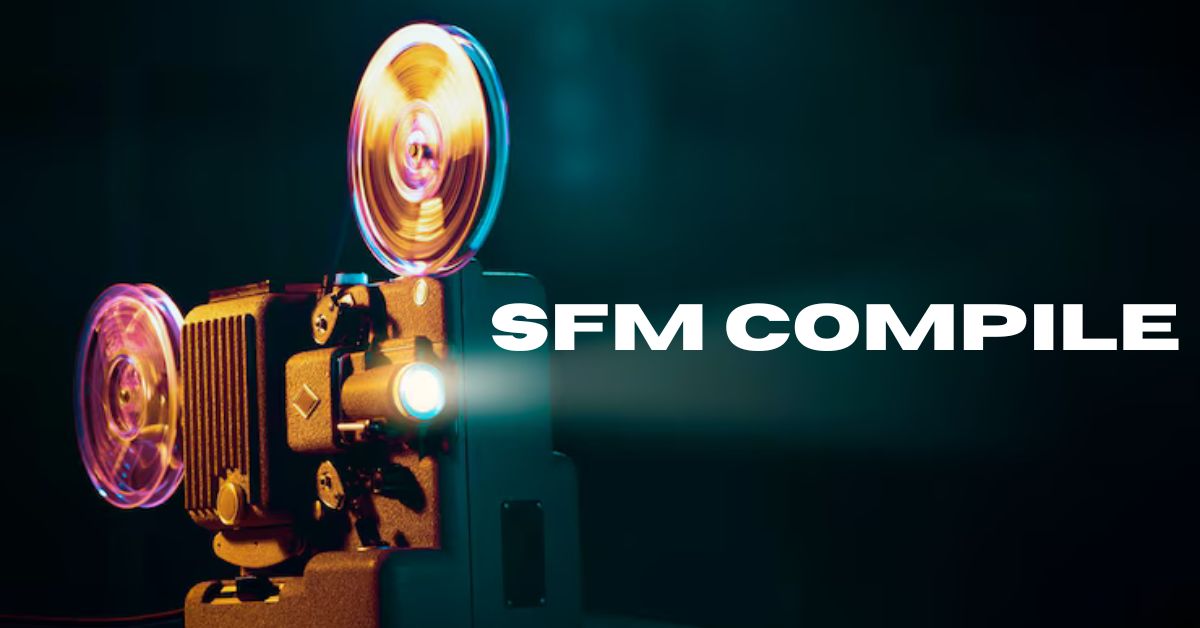When working with Source Filmmaker (SFM), encountering issues during the sfm compile process is common. Whether you’re a beginner or a seasoned animator, understanding the compile stage is crucial for creating smooth animations and high-quality renders. This guide will walk you through what SFM compile is, why it matters, common problems, and how to resolve them effectively.
What Is SFM Compile?
SFM compile refers to the process where Source Filmmaker takes your project data—models, lighting, and animations—and prepares it into a finalized, playable format. This step is essential because it turns your creative input into a usable output, typically a rendered video or a scene file.
Compiling involves several background processes, including model linking, lighting calculations, and script executions. Without a successful compile, your project cannot be exported or rendered properly.
Why SFM Compile Is Important
Compiling in SFM ensures that all assets work in harmony. It checks for conflicts, validates file paths, and confirms that animations and effects function correctly. Notably, a successful compile optimizes performance, especially for longer or complex animations.
Common SFM Compile Errors
Here are several issues users frequently face:
- Missing textures or models
This happens when SFM cannot locate required assets. - Corrupted map files
If your map has errors, the compile will fail. - Incorrect script paths
Misplaced or outdated scripts often lead to failed compiles. - Memory allocation failures
Large projects can exceed system limits, halting the compile process.
How to Fix SFM Compile Issues
Let’s explore how you can troubleshoot these common issues:
1. Verify File Paths
Ensure all model, texture, and script files are placed correctly within the SFM directory. Using proper folder structures helps SFM find everything it needs.
2. Use Console Output Logs
The compile process generates logs. Read them carefully to pinpoint where the error occurred. Often, a single missing file causes the entire compile to crash.
3. Simplify Complex Scenes
If memory errors persist, break your project into smaller sequences. Then, render them individually before merging during editing.
4. Update Assets
Using outdated or broken assets is a common mistake. Make sure your models and materials are compatible with the latest SFM version.
Best Practices for Smooth SFM Compile
Avoiding problems before they occur is always better. Here are a few expert-recommended tips:
- Organize your folders for better asset management.
- Regularly back up your SFM project files.
- Test render short scenes before compiling the entire project.
- Keep SFM and all tools updated.
Advanced SFM Compile Techniques
For experienced users, command-line compiling and manual configuration can optimize the render. This involves:
- Editing the
.qcfiles - Running compile commands via Source SDK
- Using external tools like Crowbar to pre-compile models
These techniques give finer control but also require a deeper understanding of how SFM works.
SFM Compile and Performance
Compilation isn’t just a final step—it affects your project’s performance. A clean compile ensures faster rendering and fewer crashes. Additionally, it minimizes lag during previews and editing.
Tools That Help With SFM Compile
Several third-party tools can improve the compile process:
| Tool Name | Functionality |
|---|---|
| Crowbar | Model decompiling/compiling |
| VTFEdit | Texture management |
| GCFScape | Extracting game files |
| Notepad++ | Scripting and config file editing |
How to Learn More About SFM Compile
Explore online forums such as Steam Community and Reddit’s SFM subreddit. YouTube tutorials are also excellent for visual guidance. Valve’s official documentation, although limited, still provides useful information on the technical aspects of SFM.
Frequently Asked Questions (FAQs)
1. What does “SFM compile” mean?
It refers to the process where SFM processes and finalizes your project for export or rendering.
2. Why does my SFM compile keep failing?
It usually fails due to missing assets, corrupt files, or script errors.
3. Can I speed up the SFM compile process?
Yes, by using optimized models, reducing scene complexity, and upgrading your hardware.
4. Is there a way to manually fix compile issues?
Yes, by reading the log files, fixing the paths, and recompiling with correct parameters.
5. Are there tools to assist with SFM compiling?
Absolutely. Tools like Crowbar and VTFEdit are great for managing assets and compiling models.
6. Do I need to compile every time I render?
Not always. Minor edits might not require a full compile, but it’s best to do a fresh one for final renders.
Conclusion
Mastering the sfm compile process is essential for producing quality animations in Source Filmmaker. From understanding common errors to using advanced tools, there are many ways to streamline your workflow and ensure a successful output. By following the best practices shared here, you’ll reduce frustration and improve your animation efficiency.



